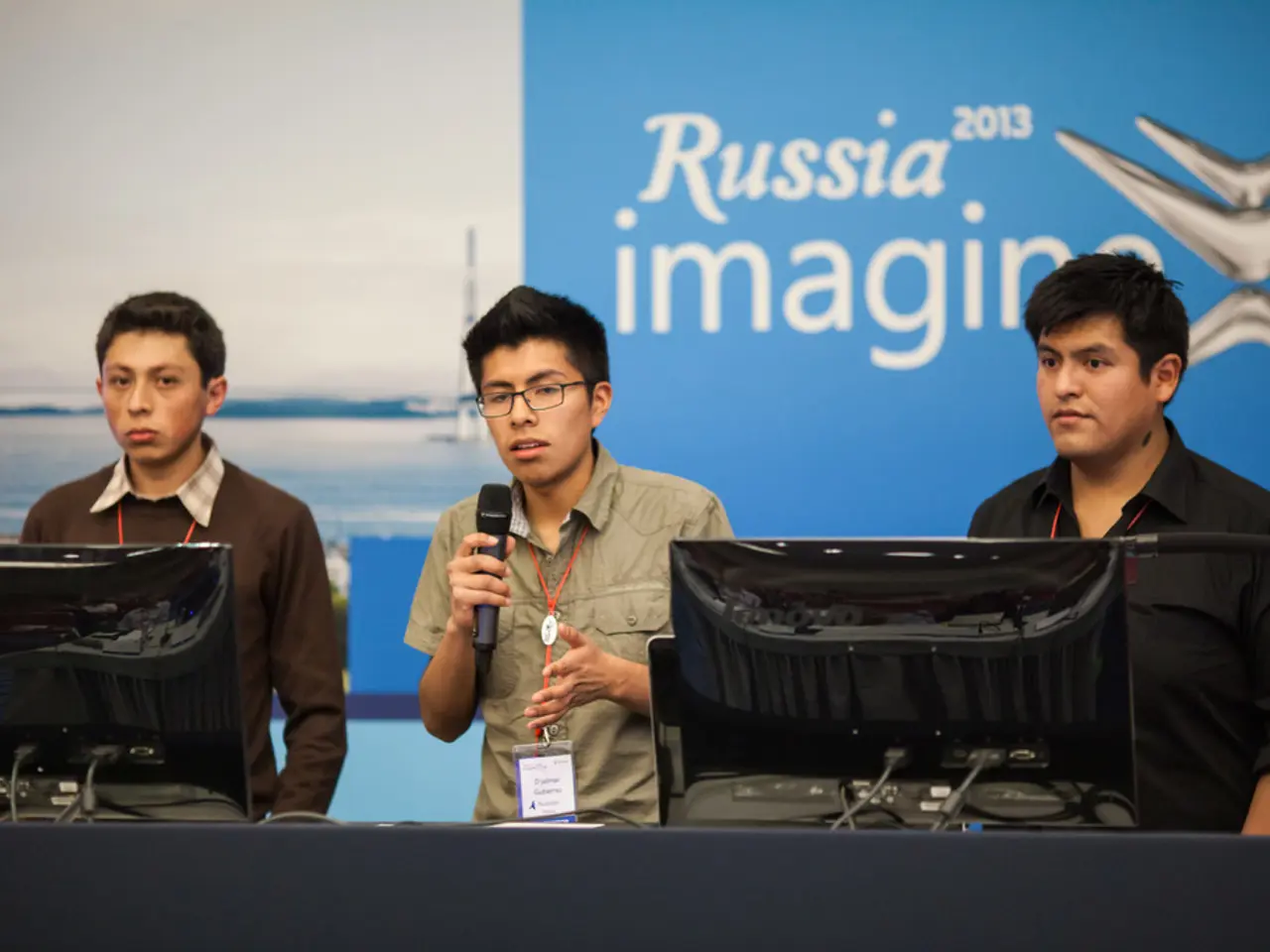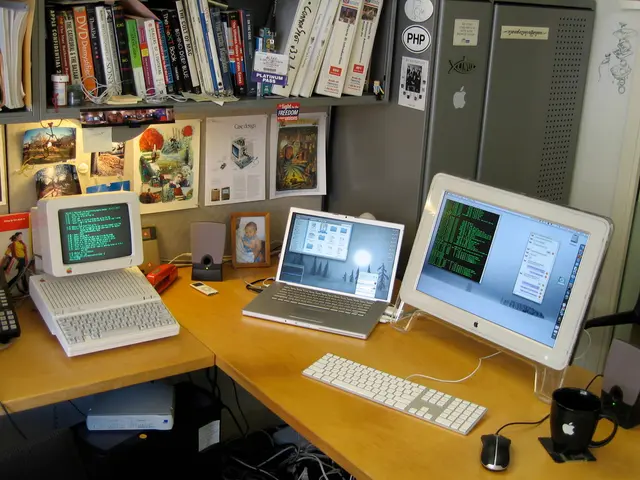Nvidia's desktop PC chip delays said to be connected to Windows delays, with ongoing chip revisions and decreasing demand serving as contributing factors
In a recent development, the launch of the highly anticipated N1X AI PC platform, a joint venture between Nvidia and MediaTek, has been pushed back to the first quarter of 2026. This delay, initially attributed to critical hardware defects and the need for a silicon respin, now seems to be a result of a more complex set of factors.
The primary reasons for the delay include silicon design changes, Microsoft's slower-than-expected OS roadmap, and weakening demand across the notebook market. Nvidia has faced challenges in the silicon design of the N1X processor, necessitating redesigns that have pushed the production timeline. Microsoft's next-generation Windows OS, designed to support advanced AI capabilities and improvements in the Windows on Arm (WoA) ecosystem, is still in development. Furthermore, there has been a slowdown in consumer demand for notebooks, particularly those based on Arm architectures.
The delay in the N1X launch implies that Microsoft's next-gen OS will also not be fully aligned with the original timeline for supporting WoA devices like the N1X. This could mean that the OS's full capabilities and optimizations for these platforms might not be available until the N1X is released. However, the extra time allows Microsoft to further refine its OS, potentially incorporating more advanced AI features and better support for emerging hardware like the N1X.
The delay in the N1X launch contributes to a more cautious approach by manufacturers and consumers in the notebook market. This slowdown could be exacerbated by the continued dominance of x86 platforms, making it challenging for Arm-based devices to gain significant market share. Nvidia and MediaTek, however, are focusing on enterprise-class devices first, which might help stabilize demand and build a stronger foundation before expanding into the consumer market.
Meanwhile, Nvidia's GB10-based AI workstations are on track for release and may serve as the company's first real-world testbed for consumer-facing AI PC hardware before N1X arrives.
The long-term partnership between MediaTek and Google could bring significant revenue, estimated at $4 billion. Beyond PCs, MediaTek and Nvidia are collaborating in automotive AI and edge AI development. The v7e project, a next-generation TPU co-developed by Google and MediaTek for large-scale AI workloads in data centers, is part of this collaboration. The companies have also co-developed the DGX Spark personal AI supercomputer.
In conclusion, the delay in the N1X AI PC platform reflects broader challenges in the tech industry, including market fluctuations and the complexities of integrating new technologies with existing ecosystems. Despite the setbacks, the partnership between Nvidia and MediaTek remains strong, with promising projects on the horizon.
- The delay in the N1X AI PC platform launch, attributed to silicon design changes, Microsoft's slower-than-expected OS roadmap, and weakening demand across the notebook market, may restrict the full alignment of Microsoft's next-gen OS with the original timeline for supporting Arm-based devices like the N1X.
- The collaboration between Nvidia and MediaTek extends beyond the N1X AI PC platform, venturing into automotive AI, edge AI development, and the creation of next-generation TPU co-developed by Google and MediaTek for large-scale AI workloads in data centers. The partnership is also responsible for the co-development of the DGX Spark personal AI supercomputer.
- The delay in the N1X launch, while presenting challenges for the consumer market, could potentially offer an opportunity for Microsoft to further refine its OS, potentially incorporating more advanced AI features and better support for emerging hardware like the N1X.




